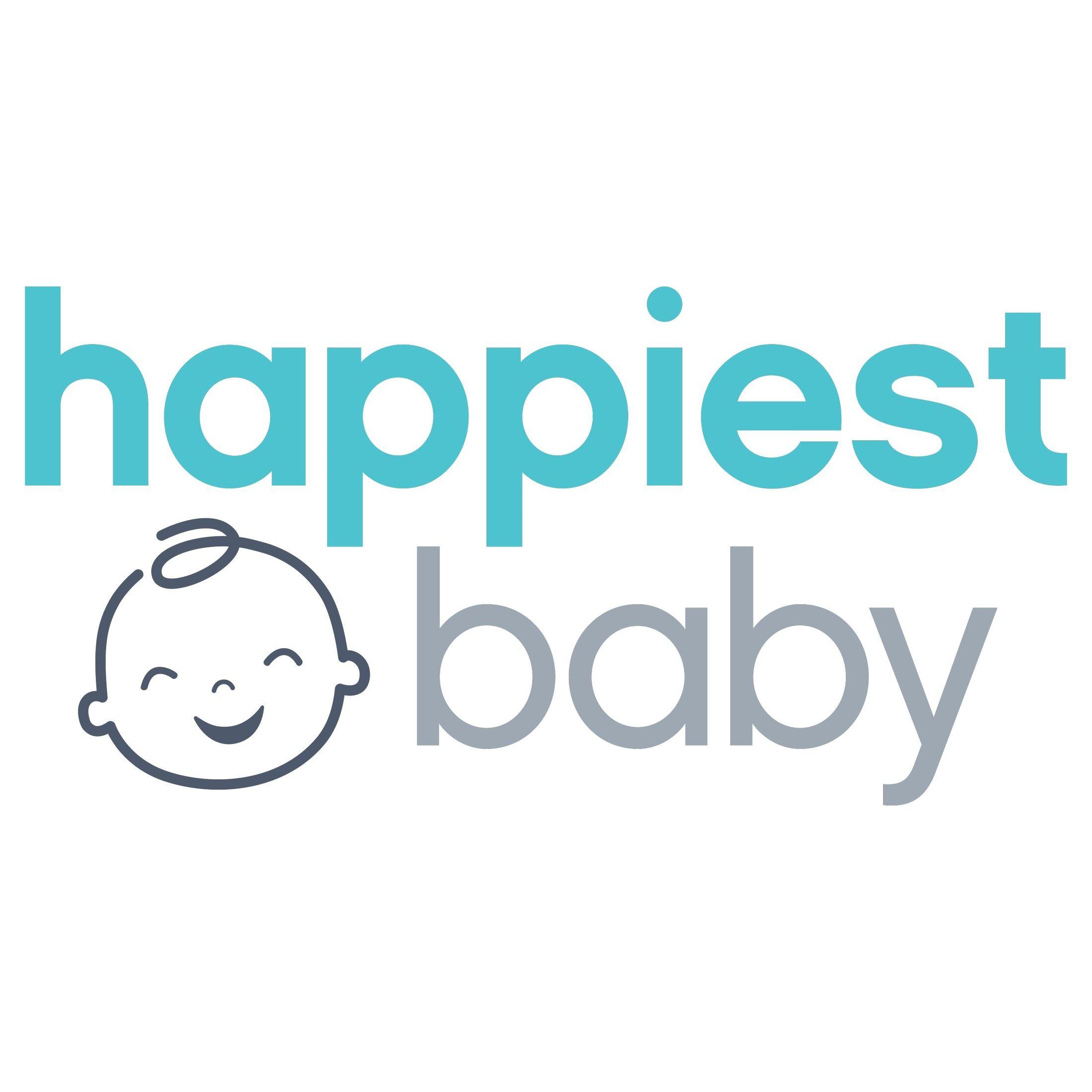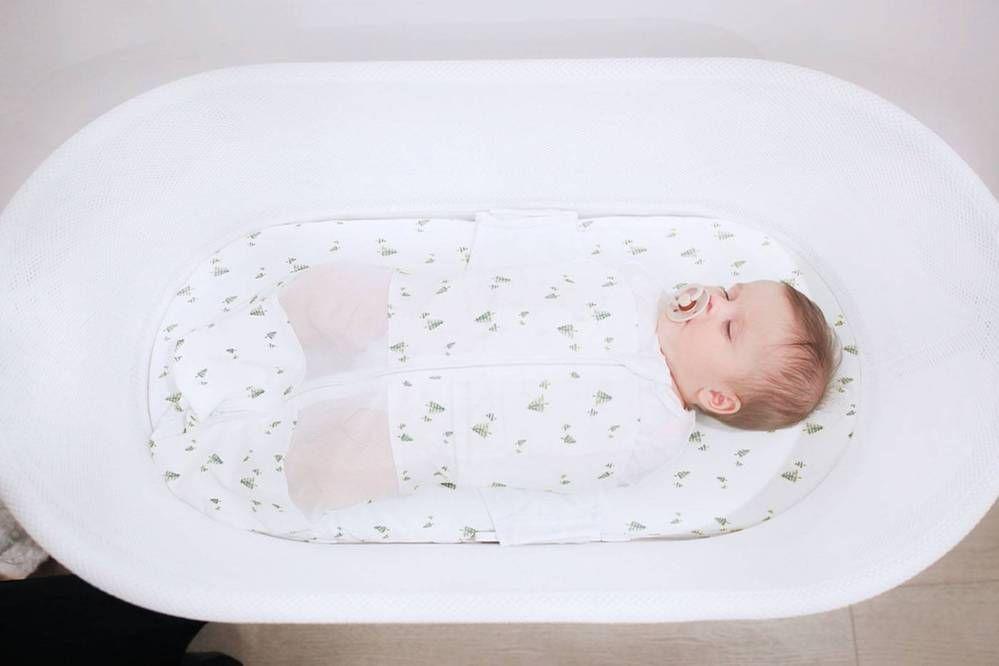SNOO
Why Rocking Bassinets Soothe Babies
From old-fashioned cradles to smart bassinets, here is why rocking helps your little one get to sleep—and stay asleep.

Written by
Happiest Baby Staff

SHARE THIS ARTICLE
PARENT PICKS
Bestsellers
SNOO

Written by
Happiest Baby Staff

SHARE THIS ARTICLE
Bestsellers
It is nearly impossible for parents not to rock their babies. It is an instinctual dance. We are born knowing that motion soothes our precious little ones. In some traditional cultures, mothers bounce their babies all day long or wear them in slings, offering a soothing motion with every step. But as any new parent knows: All of that rocking and bouncing and jiggling can be exhausting...especially at night when everyone needs their rest. Enter: The rocking bassinet, aka, a modern take on the old-fashioned cradle. Here, the science behind why rocking bassinets soothe babies—and how to do it safely.
Newborns are very accustomed to rocking. After all, they have been jostled around in a uterus for nine months! And while it is true that infants still love the soothing sensations they enjoyed in the womb, the motion of a rocking bassinet does not help babies rest because it feels like they are 'back home'. Instead, the movement helps to trigger your baby’s innate calming reflex, a primal neurological response deep in the brain. Like most newborn reflexes, this one fades about four months after birth...but older babies continue to respond to the sleep-inducing lull of rocking because it is now a 'learned expectation'. This means that your baby now expects to get sleepy when rocked, and thus does! (If you have ever suddenly wanted to snooze while riding shotgun or while lounging in a hammock, you understand.) And this is not theoretical. Research in the journal Current Biology shows that rocking not only triggers our natural sleep rhythms, but it increases the duration of stage N2 sleep, which makes up the largest percentage of our total sleep time. And for babies, rocking and rocking bassinets reduce crying, hasten sleep onset, and improve overall sleep quality, according to research.
Absolutely! Babies have been lovingly rocked to sleep since the beginning of time. They want that rocking. And because babies are rocked nonstop in the womb, your little one is already hooked on this sleep cue from before Day 1. And, no, being 'hooked' is not a bad thing...especially if rocking is accompanied by other soothing sensations, like white noise and swaddling. Plus, once your little one is about 6 months old, they naturally outgrow the need for rocking to help them sleep. At that time, it is actually quite easy to wean babies off motion if needed.
While baby swings are amazing at calming babies and allowing parents a wee bit of a break, it is not safe for babies to sleep in swings—or bouncy seats, for that matter. Babies should not be placed on an incline to sleep and never sleep in a swing. The National Health Services (NHS) urges caregivers to promptly move sleeping babies from swings to a safe sleep surface. The reason: Your baby’s head can flop forward, possibly obstructing their airway, causing suffocation. And if left unrestrained, babies can also roll over and asphyxiate. For safe sleep, babies should always be on their backs, on firm, flat surfaces, without any pillows, blankets, bumpers, or stuffed toys.
The truth is, not all rocking bassinets are created equal. In fact, some pose a danger to your baby. Once your little one starts wiggling and rolling, the motion of a rocking bassinet can make it easier for them to become trapped against one side, which is a clear suffocation risk. This, however, can be avoided with the award-winning and paediatrician-designed SNOO Smart Sleeper Bassinet. Here, snug swaddling (another integral part of the calming instinct) is built into the rocking bassinet, which keeps babies on the safe, back position during sleep.
Beyond the built-in safety: The constant calming womb-like motion and sound of SNOO aids sleep, leaving both baby and parents well-rested.
Of course not! Dr. Harvey Karp’s award-winning safe sleeper offers babies a low level of rocking and shushing…giving them a bit of help getting to sleep and back to sleep if they awaken. If your little one fusses more, SNOO gives a bit more help. But rest assured, your baby will let you know if a feed or a change is in order! If, after a minute, SNOO is not calming your baby, that usually means your infant needs you. And, no, your baby will not feel ignored! A 2019 study in the journal PLOS ONE found that the magical mix of rocking, swaddling, and using white noise 'evoked an immediate calming response' when parents soothed their infants solo—and when parents used SNOO. (In addition, researchers noted that the soothing effect of our smart bassinet did not wane as the infant got older.)
Bottom line: Rocking is an age-old method proven to help soothe babies to sleep that continues to work today. And the only truly safe rocking bassinet is paediatrician-designed SNOO because it keeps babies on the back.
Disclaimer: The information on our site is NOT medical advice for any specific person or condition. It is only meant as general information. If you have any medical questions and concerns about your child or yourself, please contact your health provider. Breastmilk is the best source of nutrition for babies. It is important that, in preparation for and during breastfeeding, mothers eat a healthy, balanced diet. Combined breast- and bottle-feeding in the first weeks of life may reduce the supply of a mother's breastmilk and reversing the decision not to breastfeed is difficult. If you do decide to use infant formula, you should follow instructions carefully.